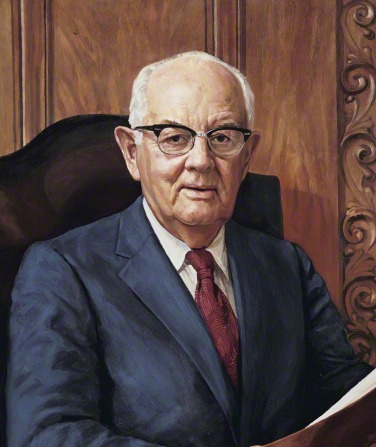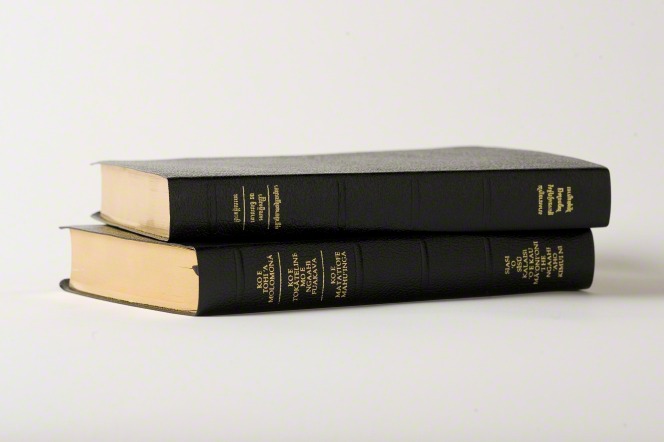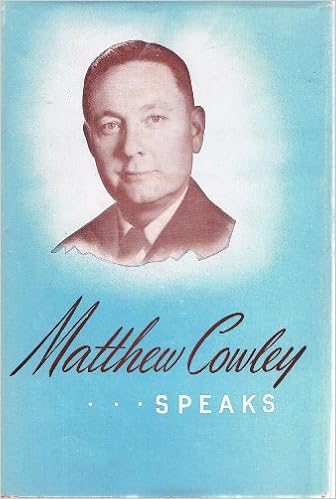In
the 1960s Duane Crowther published (through Bookcraft) his expanded BYU
master’s thesis as Prophecy—Key to the
Future. The work included fairly specific designations of time periods and sequential
events that he believed were associated with the future and the second coming;
even a chart on the end-sheets laying it out. This book sold phenomenally well,
instantly placing Crowther at the pinnacle of the world of LDS doctrinal writing.
His second book on the prophecies of Joseph Smith also enjoyed considerable success.
This sales windfall allowed him to establish his own publishing concern, Horizon Publishers & Distributors, a
modestly successful company (eventually combined with CFI and then dissolved) located
in Bountiful, Utah. At one point he was enabled to say, with Cleon Skousen,
that they were the only two authors in Mormonism able to make a living solely on
the strength of their literary works.
Because
the books sold so well they began to have a substantial influence on the
doctrinal thinking of Church members—who asked for and received counsel from
Church leaders on how to view such writings.
One
caution on the subject of prophecy came in general conference from President Harold
B. Lee, some ten years after Prophecy—Key
to the Future came from the press:
“One
more matter: There are among us many loose writings predicting the calamities
which are about to overtake us. Some of these have been publicized as though
they were necessary to wake up the world to the horrors about to overtake us.
Many of these are from sources upon which there cannot be unquestioned
reliance.
“Are
you priesthood bearers aware of the fact that we need no such publications to
be forewarned, if we were only conversant with what the scriptures have already
spoken to us in plainness?









